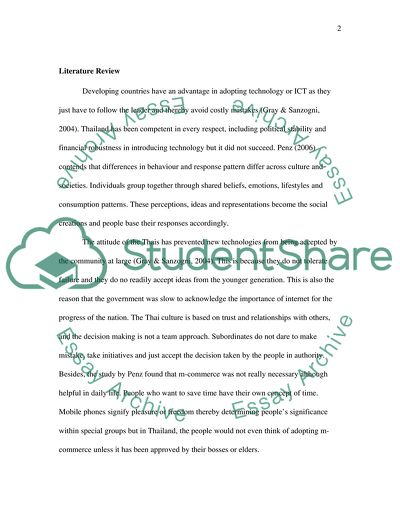Cite this document
(Enhancing M-commerce Adoption in Asian Countries Case Study Example | Topics and Well Written Essays - 2000 words, n.d.)
Enhancing M-commerce Adoption in Asian Countries Case Study Example | Topics and Well Written Essays - 2000 words. https://studentshare.org/e-commerce/1553351-enchancinf-m-commerce-adoption-in-thailand
Enhancing M-commerce Adoption in Asian Countries Case Study Example | Topics and Well Written Essays - 2000 words. https://studentshare.org/e-commerce/1553351-enchancinf-m-commerce-adoption-in-thailand
(Enhancing M-Commerce Adoption in Asian Countries Case Study Example | Topics and Well Written Essays - 2000 Words)
Enhancing M-Commerce Adoption in Asian Countries Case Study Example | Topics and Well Written Essays - 2000 Words. https://studentshare.org/e-commerce/1553351-enchancinf-m-commerce-adoption-in-thailand.
Enhancing M-Commerce Adoption in Asian Countries Case Study Example | Topics and Well Written Essays - 2000 Words. https://studentshare.org/e-commerce/1553351-enchancinf-m-commerce-adoption-in-thailand.
“Enhancing M-Commerce Adoption in Asian Countries Case Study Example | Topics and Well Written Essays - 2000 Words”. https://studentshare.org/e-commerce/1553351-enchancinf-m-commerce-adoption-in-thailand.


